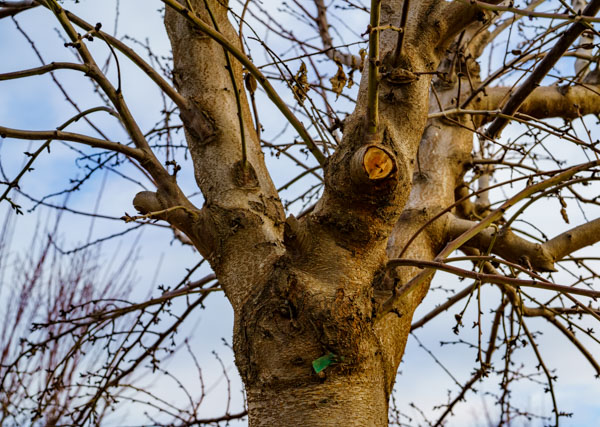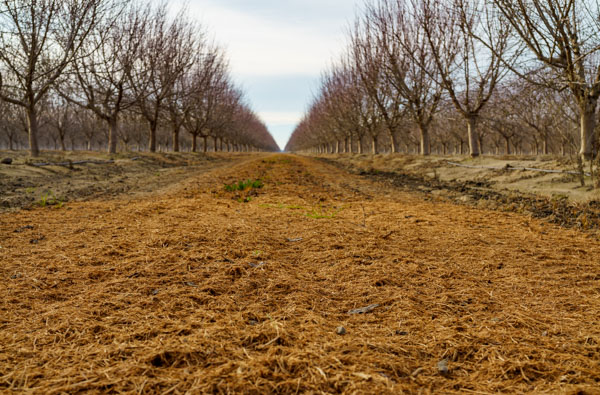If you are an almond grower, you might wonder how and when it is best to prune them. Almond tree pruning is an essential part of orchard care, as it will improve the health, yield, and quality of your almond trees. In this blog post, I will explain why almond pruning is important and what are the recommended methods.
Benefits of Pruning Almond Trees
Pruning almond trees has several significant benefits, such as:

- Improving almond tree’s structural integrity and preventing limb breakage. Almond trees tend to produce branches that are weakly attached and prone to splitting over time. Pruning can remove these branches and encourage stronger ones to grow.
- Increasing the amount of light and air circulation in the canopy. This will reduce the risk of fungal diseases and pests, as well as improve the nut size and quality.
- Enhancing the shape and appearance of the tree. Pruning can help you create a balanced and symmetrical tree orchard that is easier to harvest and maintain.
- Stimulating new growth and productivity. Pruning can remove old, unproductive, or diseased wood and make room for new, healthy, and fruitful branches.
How to Prune Almond Trees
The absolute best time to prune almond trees is in winter, when the trees are dormant and have no leaves. In California, a good time to prune almond trees is in November and December. Pruning makes it easier to see the structure of the tree and avoids damaging the buds. You will need a sharp pruning saw, loppers, and pruning shears for this task.
Here are some general steps to follow when pruning almond trees:

- Start by removing any dead, diseased, or damaged branches. Cut them back to healthy wood or to the trunk, depending on their size.
- Remove any branches that are crossing, rubbing, or competing. Aim for a well-spaced and open canopy that allows light and air to penetrate.
- Thin out any branches that are too dense or crowded. You can also shorten some of the longer branches to control the height and spread of the tree.
- Make sure to clean your tools after pruning to prevent spreading any diseases or pests.
Pruning almond trees is not a challenging task, but it requires some knowledge and skill. If you are unsure how to prune your almond trees, you can consult a professional advisor or other growers who have extensive experience with almond pruning.
Pruning almond trees is not cheap but it is a worthwhile investment that can pay off in terms of better health, yield, and nut quality. By following these tips, you can keep your almond trees in excellent shape and enjoy their delicious fruits for years to come.
Farm management software for almond orchard management
Yes, this may not be directly related, but almond tree pruning is a task that is good to track. AgNote provides practical permanent crop management area. There you can easily track all the completed tasks in your almond orchard. Furthermore, you can assign costs for each task. This way you will have a precise visibility of all the inputs and costs. AgNote also allows farmers to create plans which can further be assigned to your upcoming seasons.
You can now register and try AgNote free for seven days. Registration will take less than one minute, and no payment methods are required. Thank you!